
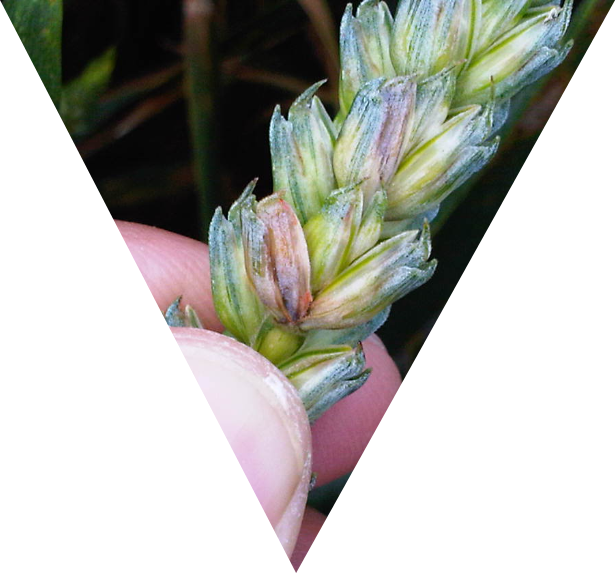
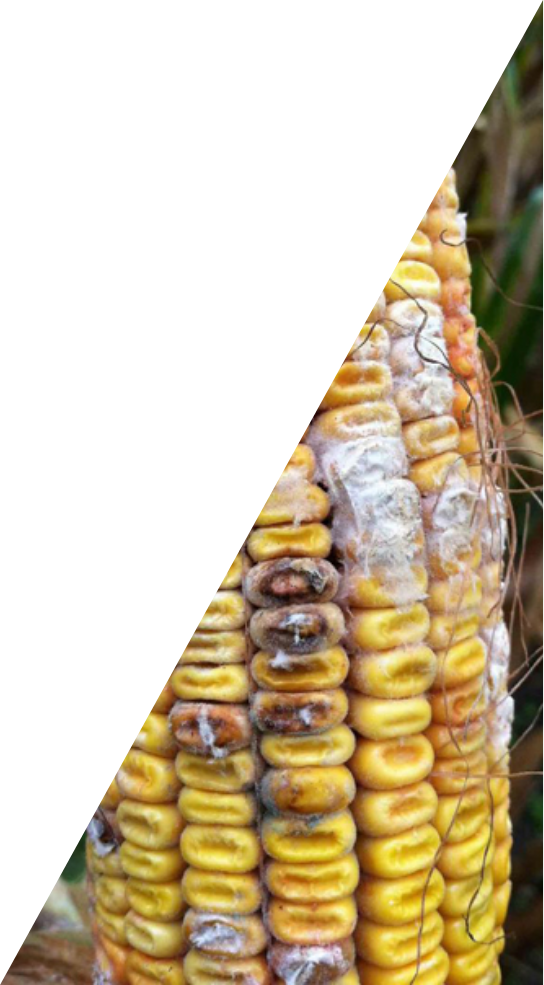
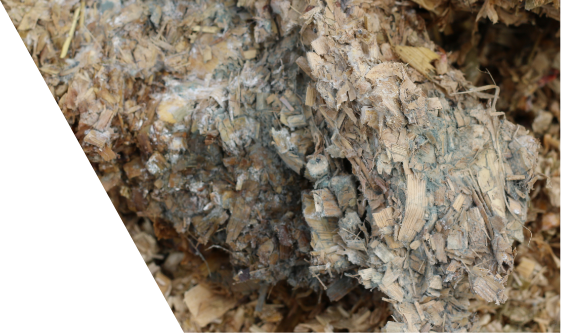
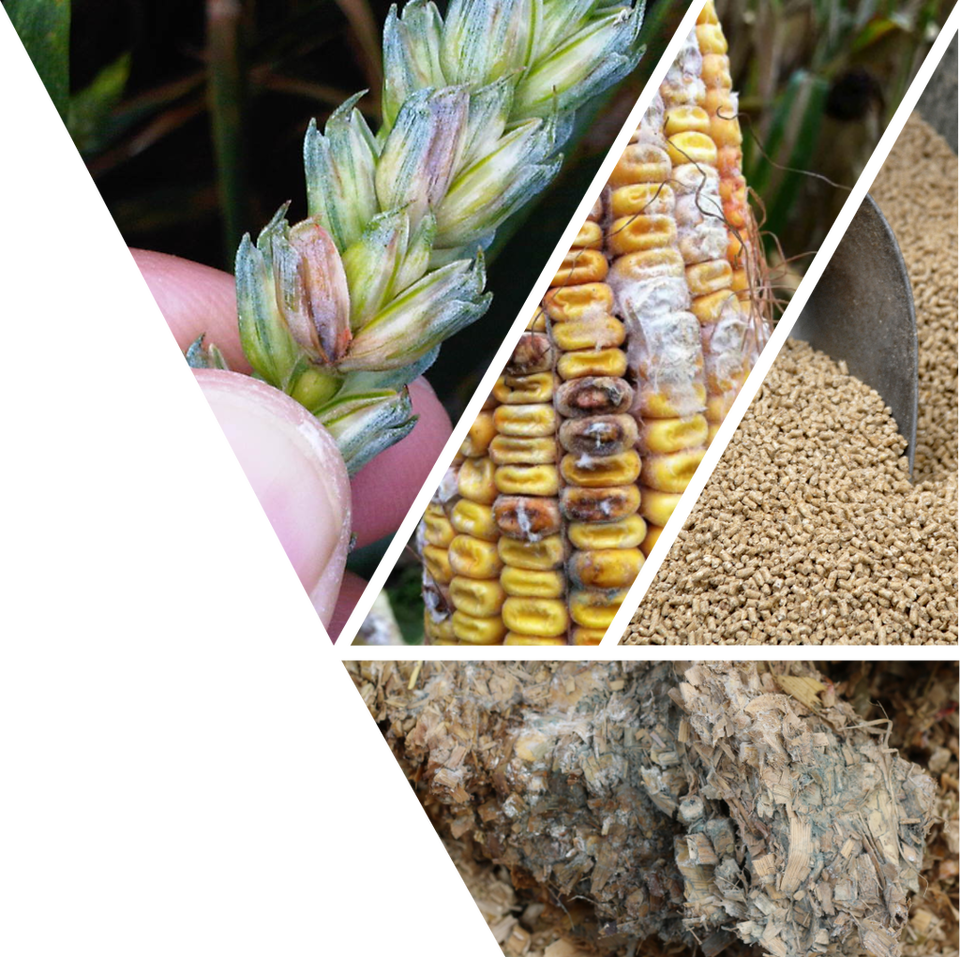
Fusarium Graminearum
Fusarium Graminearumneeds prolonged periods (48-72 hours) of high humidity or rainfall and temperatures from 75 to 85 degrees Fahrenheit to thrive.
In grain growing areas of the world these requests can and are met on a regular basis. Deoxynivalenol (DON) and Zearalenone are major mycotoxins produced from this mold. Others are 3-AcDon, 15-AcDon, Diacetoxyscirpenol and Nivalenol. This mold and its mycotoxins can be magnified by weather events such as hail and high winds, as well as plant disease.
“This mold and its mycotoxins can be magnified by weather events such as hail and high winds, as well as plant disease.”
Aspergillus flavus
Aspergillus flavus is of significance due its production of Aflatoxin B1. It is thermotolerant and can survive and flourish in high temperatures. Optimum growth temperature is 98.6 degrees Fahrenheit and is most often associated with dry climates or drought but can also tolerate high moisture.
Fusiarium Verticillioides
Fusarium verticilloides produces Fumonisin. Fumonisin is typically associated with drought stressed crops that then receive late season rainfall with temperatures at 70 to 80 degrees Fahrenheit. If the rain event delays harvest the risk of mold growth and Fumonisin production is higher.
Penicillium roquefortii
Penicilium roquefortii is a mold that can produce a variety of Penicillium mycotoxins such as penicillic acid, citrinin and patulin, and is typically associated to fermented forages and grains. The mold is microaerobic and forages that are mature, dry and less densely packed are often associated as there is more oxygen penetration.

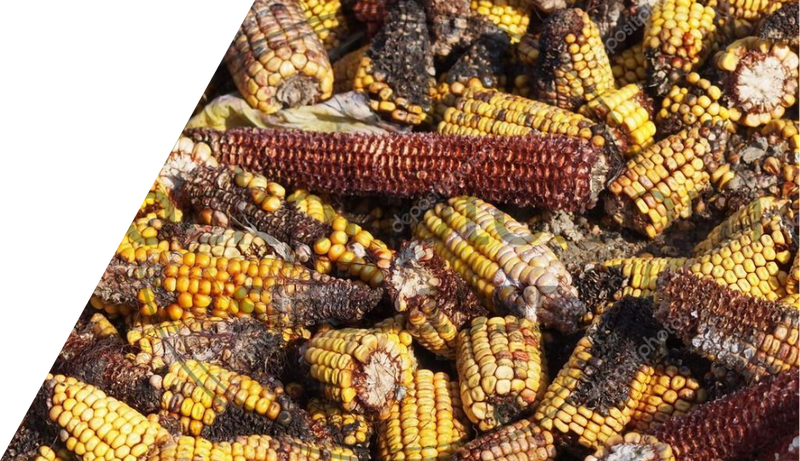

Scroll for more